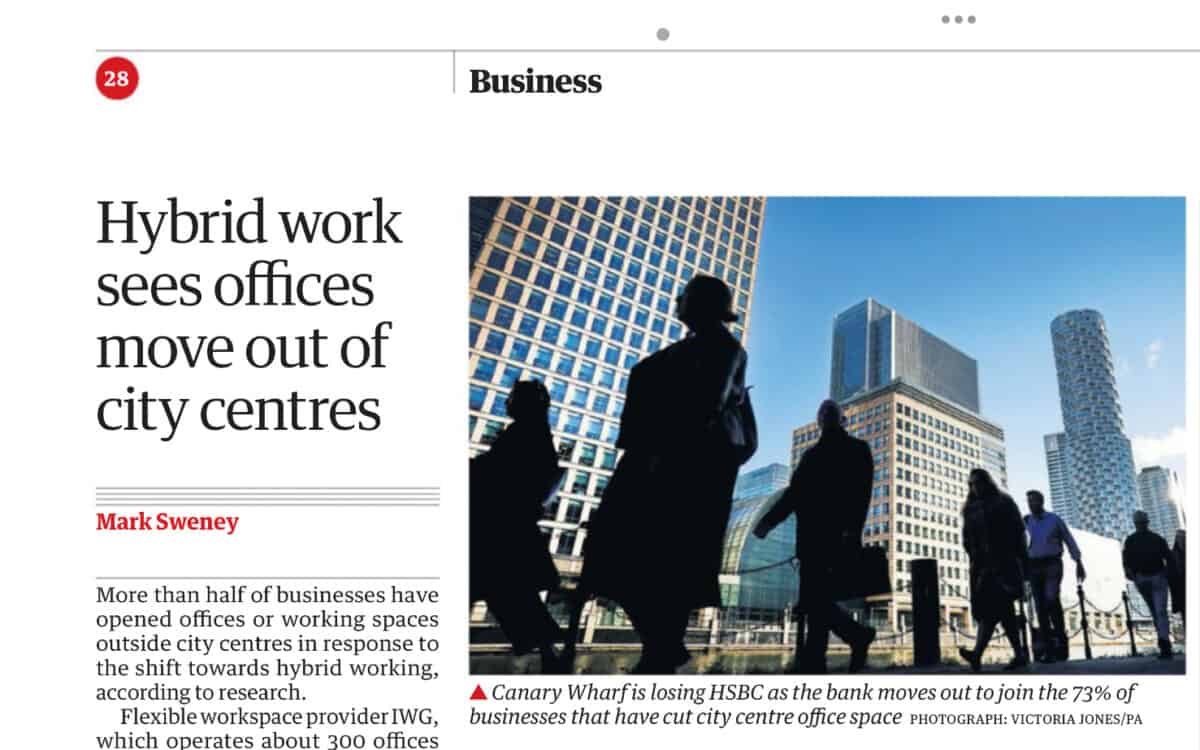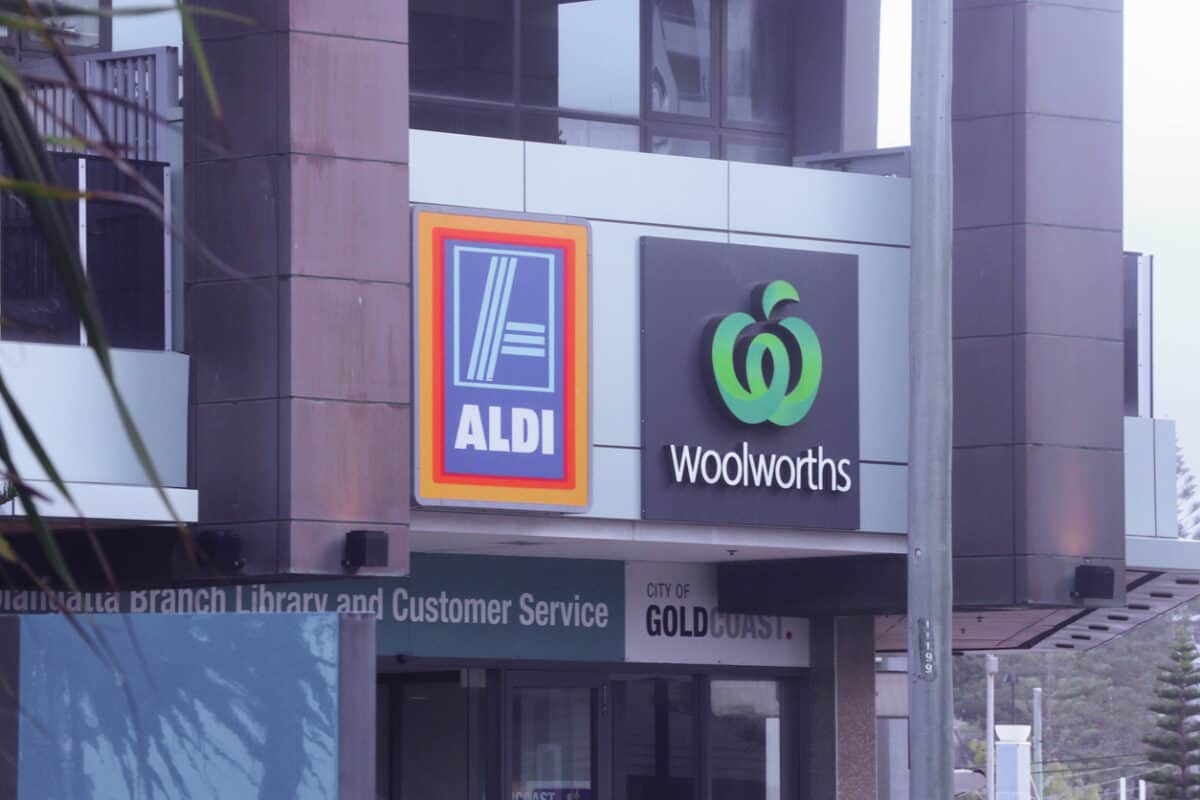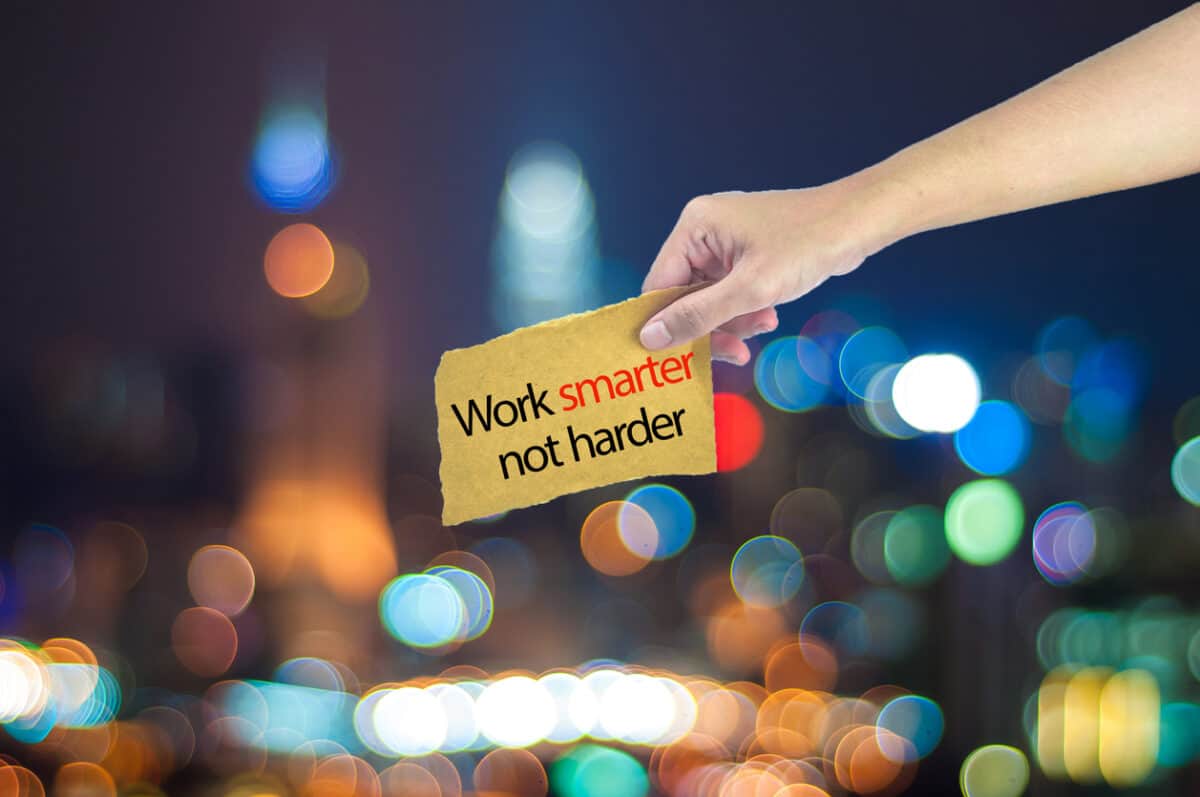The working from home (WFH) phenomenon seems established for white-collar and administration workers but the anger, protests and disappointment from businesses and landlords continues.
Category: sleep
Excessive heat is another reason to redesign work
There seems little doubt that global warming is now a reality. It has been forecast since the 1970s at least, but the fact of creeping change needs a turning point, and it seems that the current Northern Hemisphere Summer is that point. The Southern Hemisphere’s turn is only a few months away.
Few are talking about prevention. Instead, it is adaptation. Those adaptations need to be more than interventions at the individual level, such as increased hydration, wide-brimmed hats and facekinis. Global warming (climate change) has been a developing hazard for a while, contributed to by most countries and owned by none. Employees and customers need to reassess their work-related expectations. Here are some occupational issues and controls that deserve active reflection.
A Neverending Story – Supply chain safety dispute
Several weeks ago, Scott’s Refrigerated Logistics, a prominent Australia trucking company, entered receivership. It seems the Transport Workers’ Union (TWU), as part of a long campaign, chose to take another potshot at one of Australia’s few supermarkets, Aldi, accusing it of “pressuring supply chains” when the average profit margin in this sector has been described as an average profit margin of only 2.5 per cent. Occupational Health and Safety (OHS) in Australia’s transport industry has always been an important issue and is regularly a political football.
The union’s claims are being echoed by Senator Tony Sheldon, a former national secretary of the TWU, in Parliament.
Evidence provided for structural change in construction safety management
In July 2022, RMIT University release a three-part series on physical and mental health in Australia’s construction industry consisting of Evidence, Exploration and Evaluation. By themselves, they make a strong case for structural reform of the construction sector to improve workers’ mental and physical health.
New Perspectives in OHS
Yesterday the Central Safety Group (CSG) invited me to talk at its monthly lunchtime seminar. The topic was New Perspectives on OHS. These perspectives are likely to be familiar to subscribers of this blog but were intended to be provocative and foster reflection and discussion. Below is a substantially edited version.
Thanks for inviting me to be the first speaker in CSG’s 60th anniversary year. The Central Safety Group has been an important part of my OHS journey since the very start in the early 1990s. It is a remarkable achievement for the Group and, as a Life Member, I am very proud of my association with it.
OHS can become very insular. It can become too focussed on issues within a single industry, a single worksite or a discipline. This insularity can lead to OHS reaching seemingly operational dead ends, such as “this is the way it is” or what is “reasonably practicable are”. We may seek continuous improvement, but our employers and clients often see “reasonably practicable” as the endpoint of activity. It can become their comfort point of compliance.
We can control workplace mental health if we want to
Some years ago, Time Management was all the rage. It was the precursor to the resurgence of the Work Smarter – Not Harder movement, but it seems to have faded from conversation recently. Part of the reason is that everyone is expected to be contactable, every day, every week, every month. And then we wonder why there seems to be a workplace mental health crisis?!
The answer is simple – turn off your phone, turn off your work computer. This will cause some readers to shake and say that they cannot do that as their bosses expect them to be available. The unfairness of this was discussed a little in the article on “work-to-rule“, but the employers’ expectations are more than unfair. They indicate a poor manager who cannot manage their time and of a workplace culture that endorses this sloppiness/laziness. A recent New Zealand article looked at some of the recent trends.
Can nightshift be safe?
Is it time that we reassessed night shift work through the occupational health and safety (OHS) lens?
In 2022 Dr Lin Shen and Dr Tracey Sletten of Monash University will be starting a research study, supported by the National Health and Medical Research Council, to
“… examine the role of light in the response to shift work and to help develop more individual recommendations for light exposure to improve the management of shift work”.
Shen and Sletten are looking for companies willing to participate. Contact details are available in the Research Project Proposal.
This article is not a criticism of the research project but uses some comments in the proposal as a catalyst for a discussion about the health and safety of night shift work.






